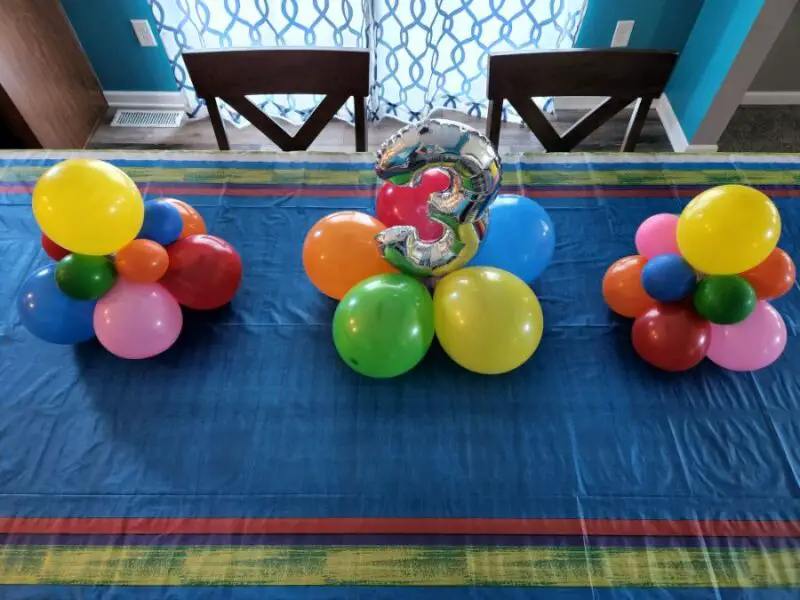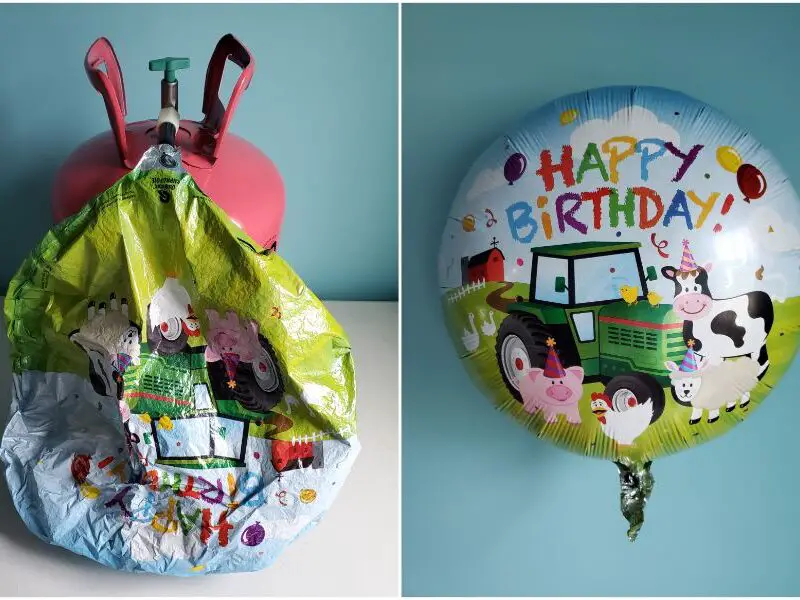If you’re having a party and looking into balloons, you might have come across the product Hi Float in your search. So, what exactly is Hi Float?
Hi Float is a solution that you can pump into a balloon before blowing it up to make it float longer. It is described as a “liquid plastic” solution, and it has an adhesiveness to it.
It is advertised to be: Safe, Non-Toxic, and Biodegradable.
The makers of Hi Float claim that the product makes balloons last up to 25 times longer than filling a balloon without it. So, is this true?
I decided to use Hi Float and see how it worked.
What Type of Balloons Can Be Used with Hi Float?
So, what kind of balloons can you use with Hi Float? This is an important question considering there are several different types of balloons available.
Hi Float only works with latex balloons. You cannot use Hi Float with foil balloons.
This is because foil balloons will become too heavy with the added Hi Float solution and won’t float.
Also, foil balloons have a special type of seal to hold in the helium (or air). There would be no good way to insert the solution into a foil balloon.
Foil balloons are designed to last significantly longer than latex balloons already, so there really is no need for Hi Float in foil balloons anyway.
How Does Hi Float Work?
The reason latex balloons no longer float after mere hours is because they are porous. This means that the latex material has tiny holes in it that, after time, allow the gas inside to leak out.
Foil balloons are made of a synthetic plastic material that is not porous, which is why foil balloons already last much, much longer than latex balloons.
The Hi Float solution coats the inside of the latex balloon to keep the gas in longer, thus extending float times.
It also extends the life of an air-filled latex balloon. Just as it does helium, the Hi Float coats the inside of the balloon and keeps the air in much longer, allowing the balloon to keep its round shape.
The Hi Float solution is a wet, adhesive-like solution when first pumped into the balloon. The stickiness of it allows it to stick to the inside of the balloon.
After a couple of hours, it dries to form a light inside coating.
Below is a picture of the inside of a popped balloon that was treated with Hi Float. You can see the coating that had formed on the inside.
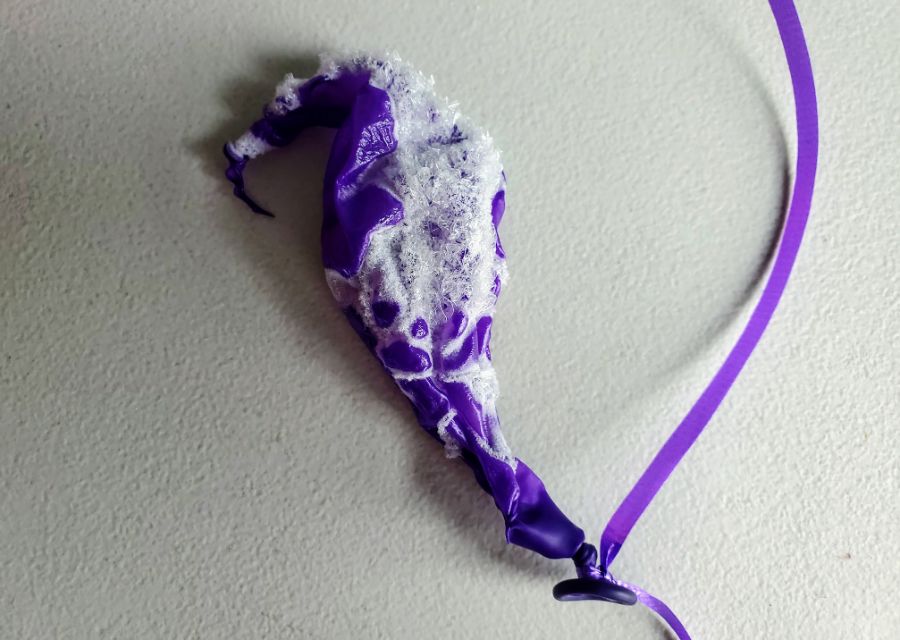
How to Use Hi Float
Using Hi Float is super easy. It does add a little bit of extra time, but if you want your balloons to last a long time, it’s worth the extra step.
Hi Float comes in a plastic bottle with a pump. You put the balloon over the long nozzle until the nozzle is inserted past the neck of the balloon into the larger vessel part.
Then, based on the size of the balloon, pump in the Hi Float solution.
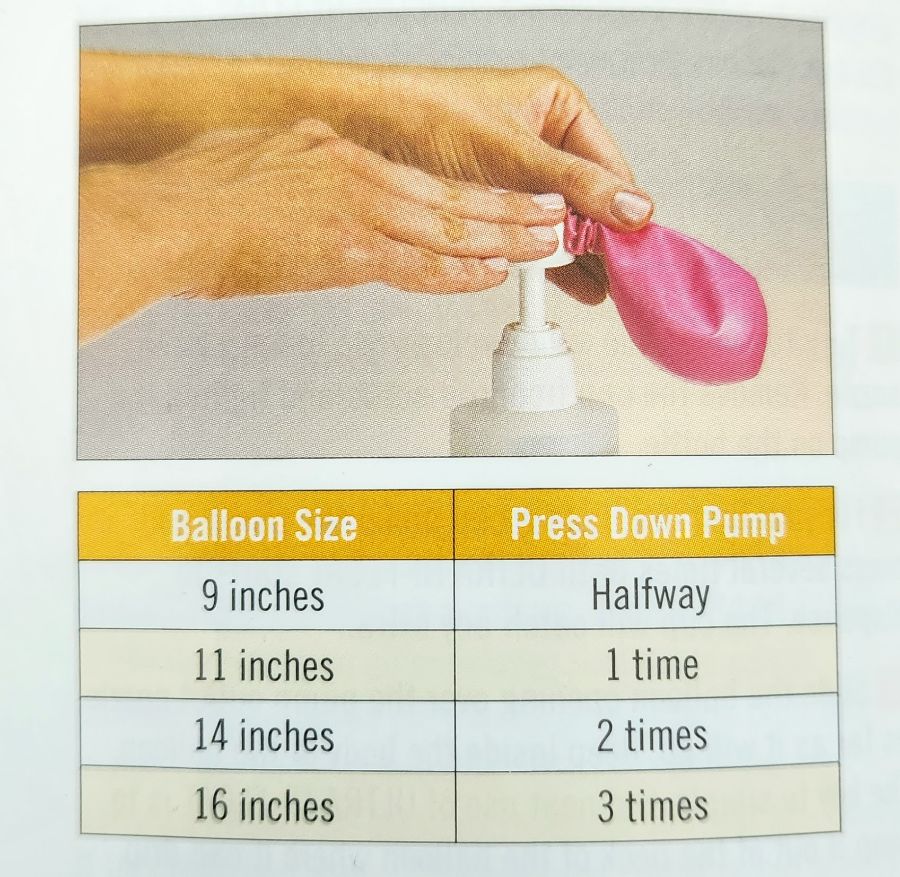
After the solution is inside of the balloon, massage the solution around the balloon to get an even coat.
Once, the solution is evenly spread, you can fill your balloon with air or helium. The balloons should float right away.
As with any balloon, keep the balloons in a temperature controlled area. Balloons last longest when kept at room temperature.
Sun exposure or intense heat may cause the balloons to burst. And, extreme cold may cause the balloons to shrink.
How Long Do Balloons Really Last With Hi Float?
Let’s compare how long latex balloons last with and without Hi Float. And then we’ll put it to the test!
Float Time of Helium Balloons Without Hi Float
The average float time of a helium-filled latex balloon is stated to be 5-7 hours. In reality, regular helium-filled latex balloons can actually last much longer than that.
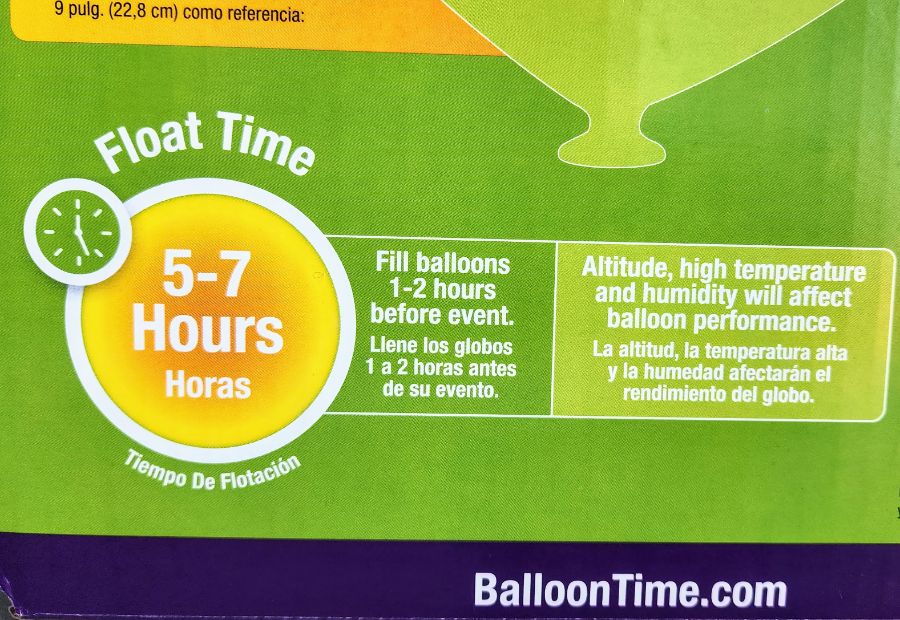
Based on experience, depending on the size and amount of helium, they can last as long as 12-18 hours.
Recently, I filled a dozen or so latex balloons with just helium at 10:00AM. I filled both 9 inch and 12 inch balloons.
At midnight (14 hours later), they were still floating high! By morning they were no longer floating. Either way, they lasted much longer than 5-7 hours.
Float Time of Helium Balloons With Hi Float
So, what does this mean for balloons treated with Hi Float? Well, simply put, they are going to last a really, really long time.
The makers of Hi Float claim that a typical 11 inch balloon will last 1-4 weeks, which is a significant increase of 12-18 hours.
Pictured below are different types of balloons filled with helium, treated with and without Hi Float. All balloons were stored inside at room temperature.
9 Inch: Pink Balloon with Hi Float – Blue Balloon with Just Helium
The blue balloon with just helium lasted about 18 hours. The pink balloon that was treated with Hi Float lasted about 5 days.
I used a half pump of Hi Float in the 9 inch sized balloon.


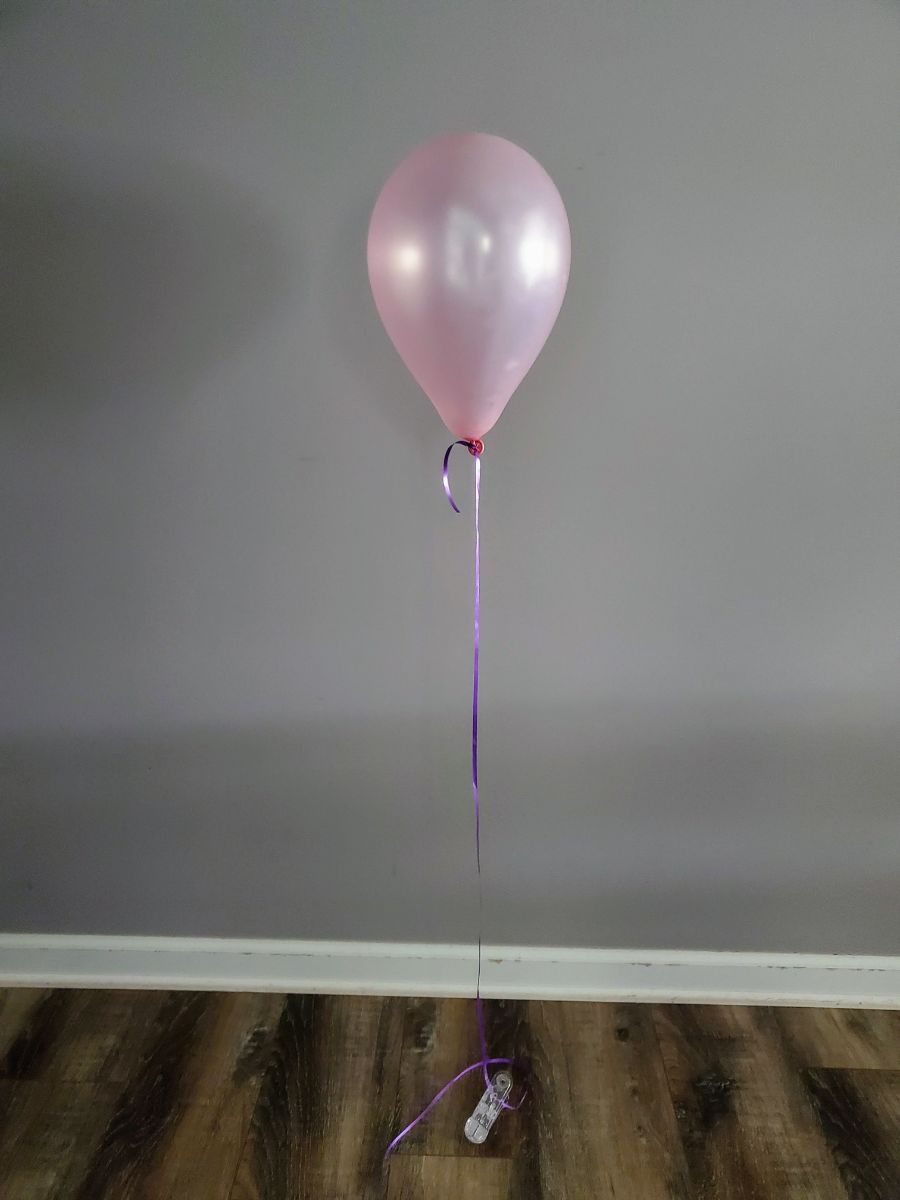
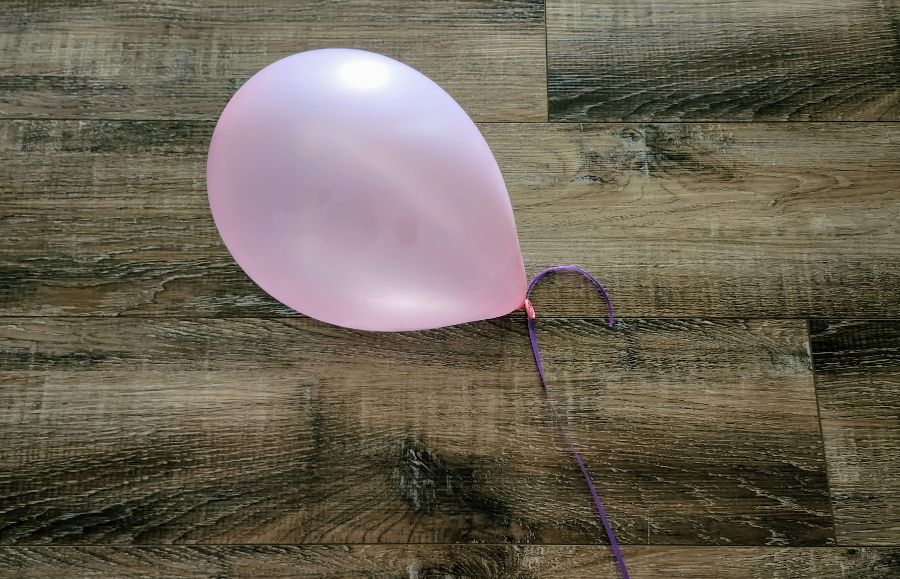
12 Inch: Red Balloon with Hi Float – Pink Balloon with Just Helium
I used one pump of Hi Float solution in the red balloon.
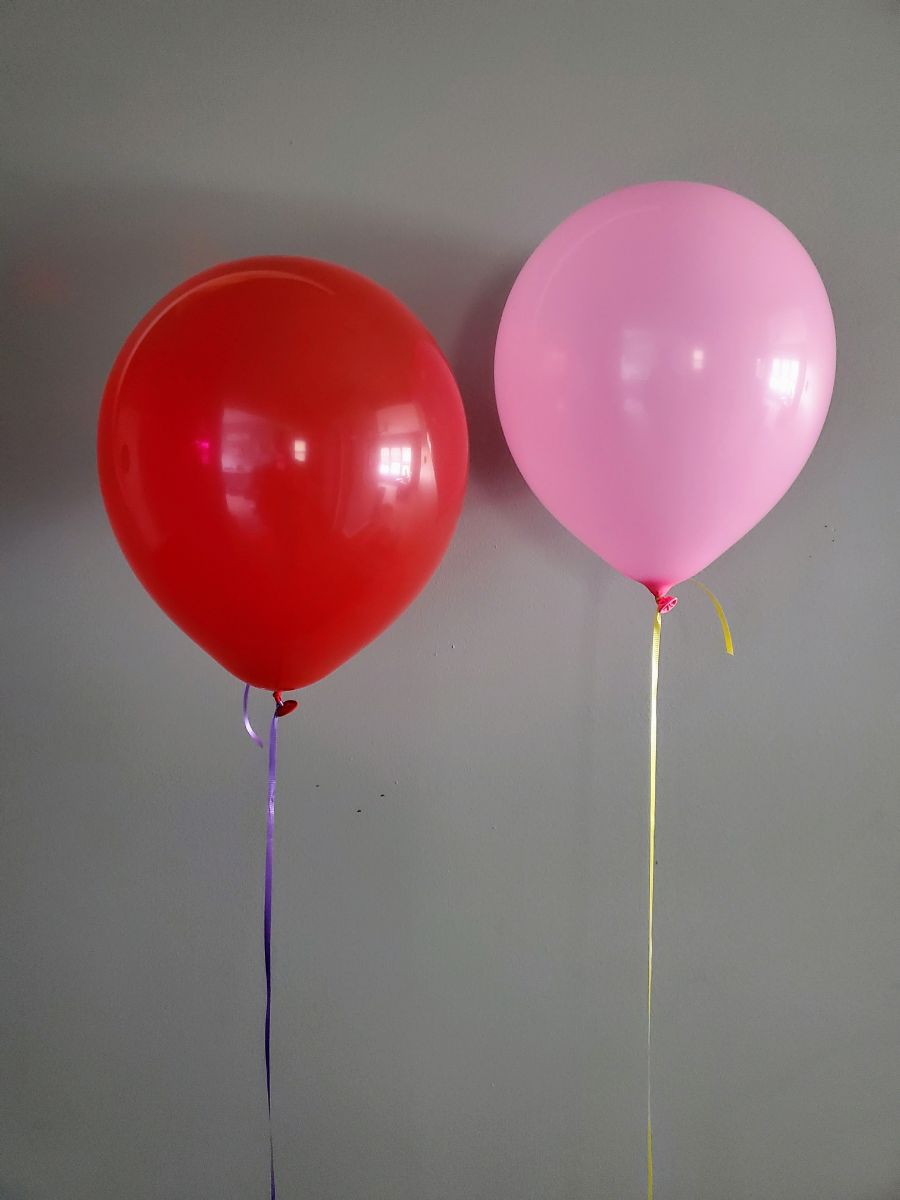
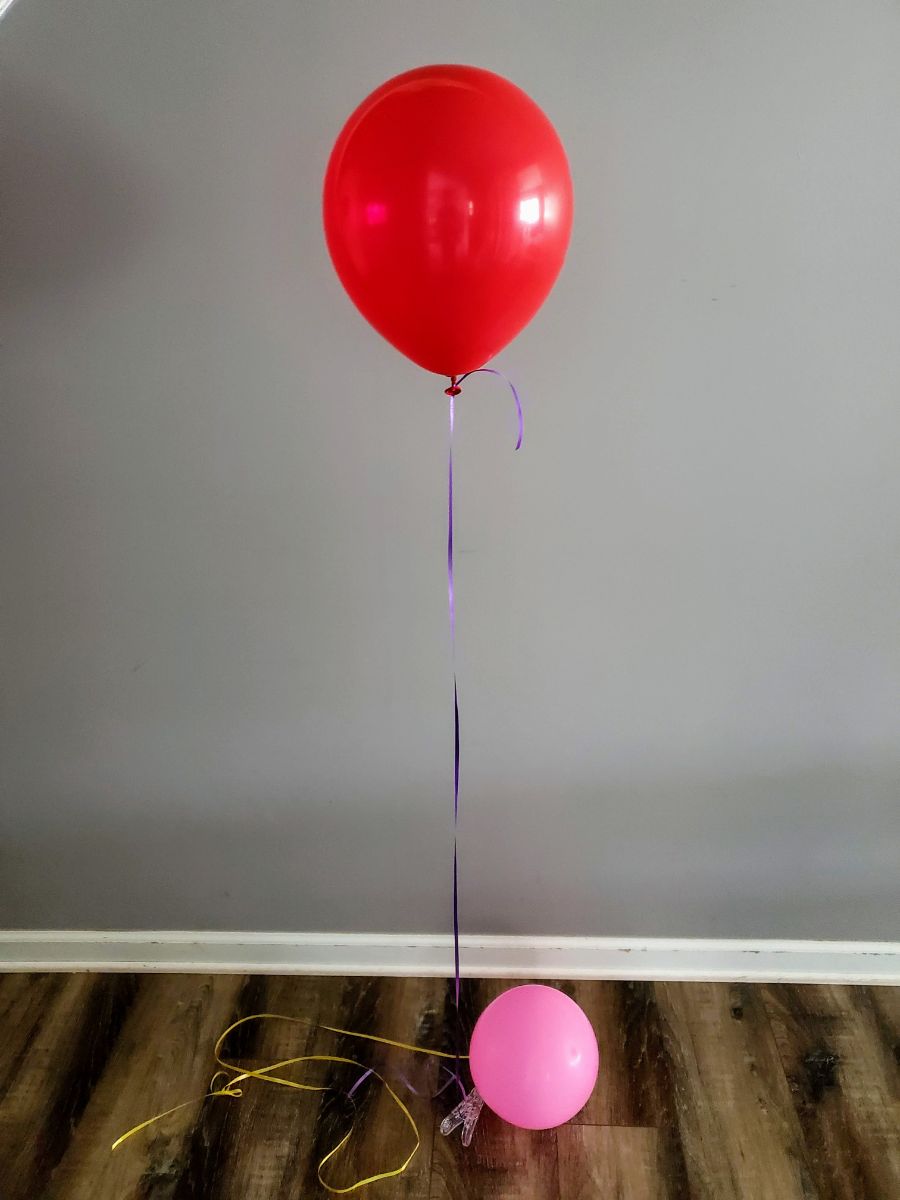
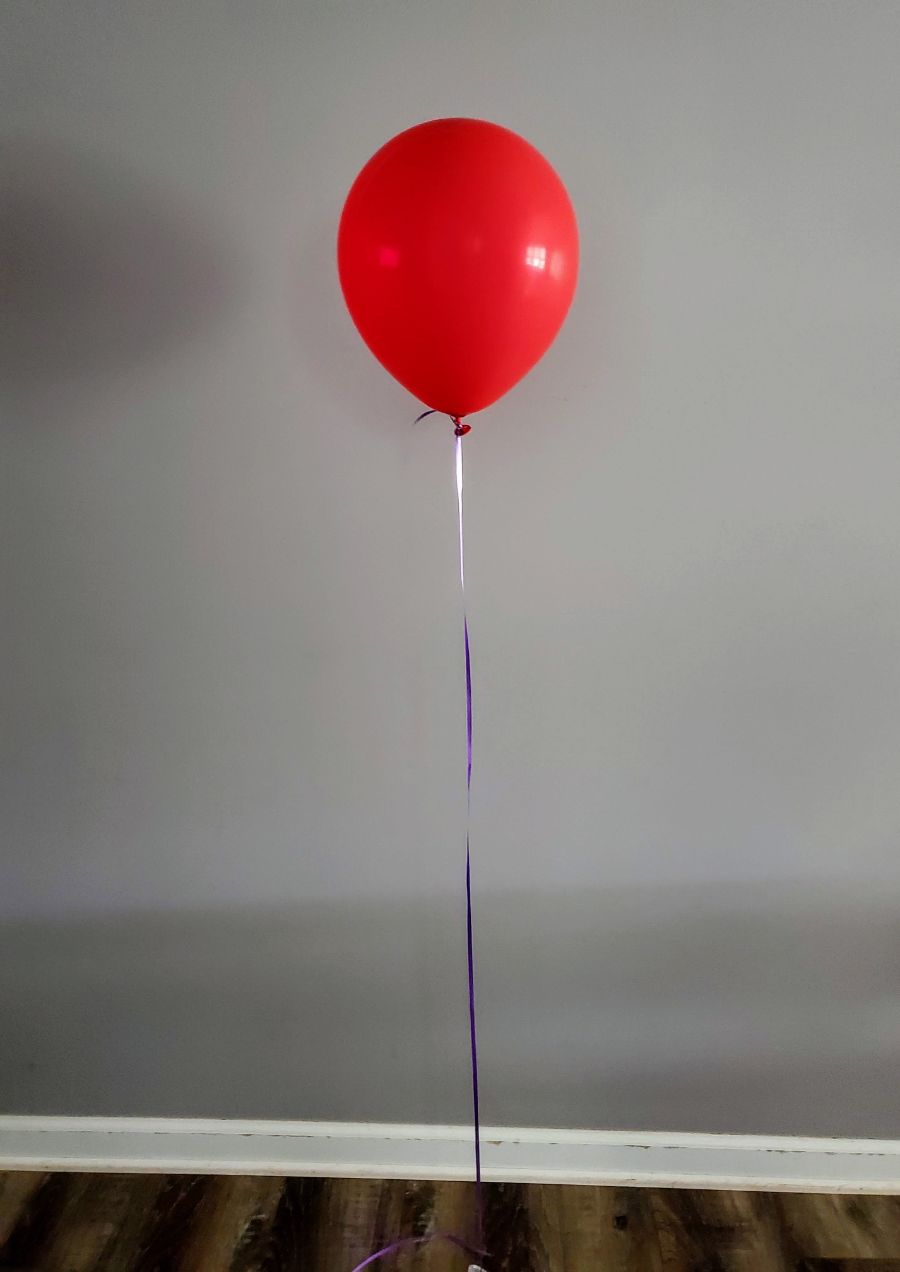
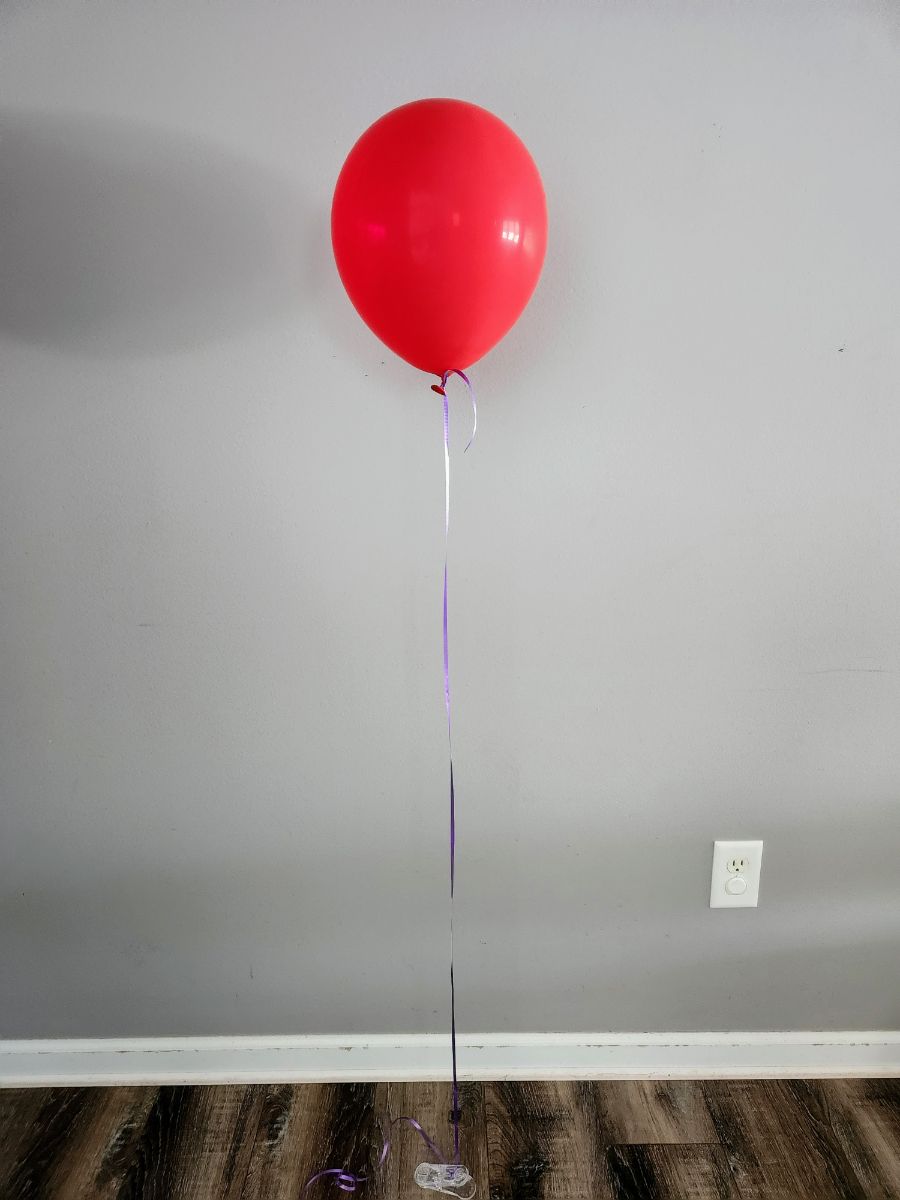
12 Inch (Helium Quality): Teal Balloons with Hi Float – Yellow Balloons with Just Helium

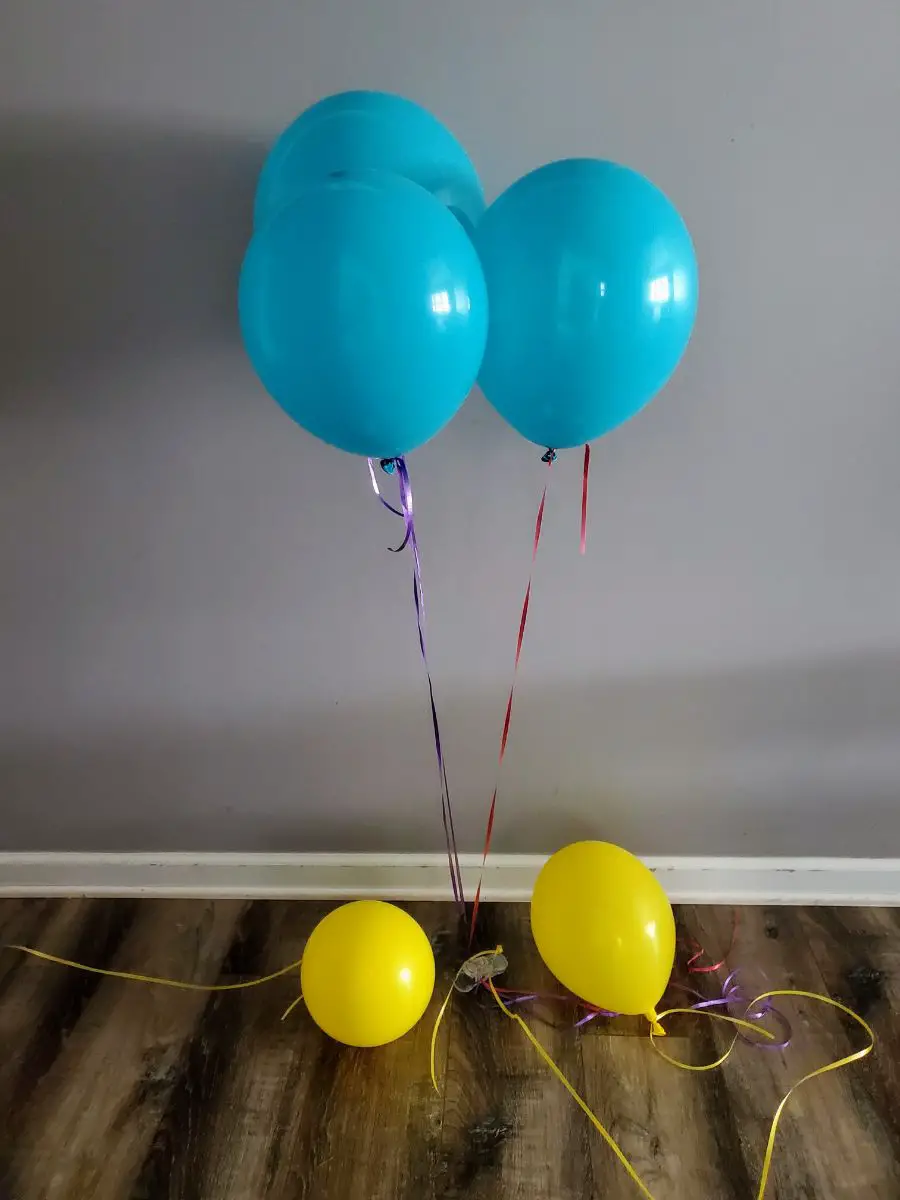
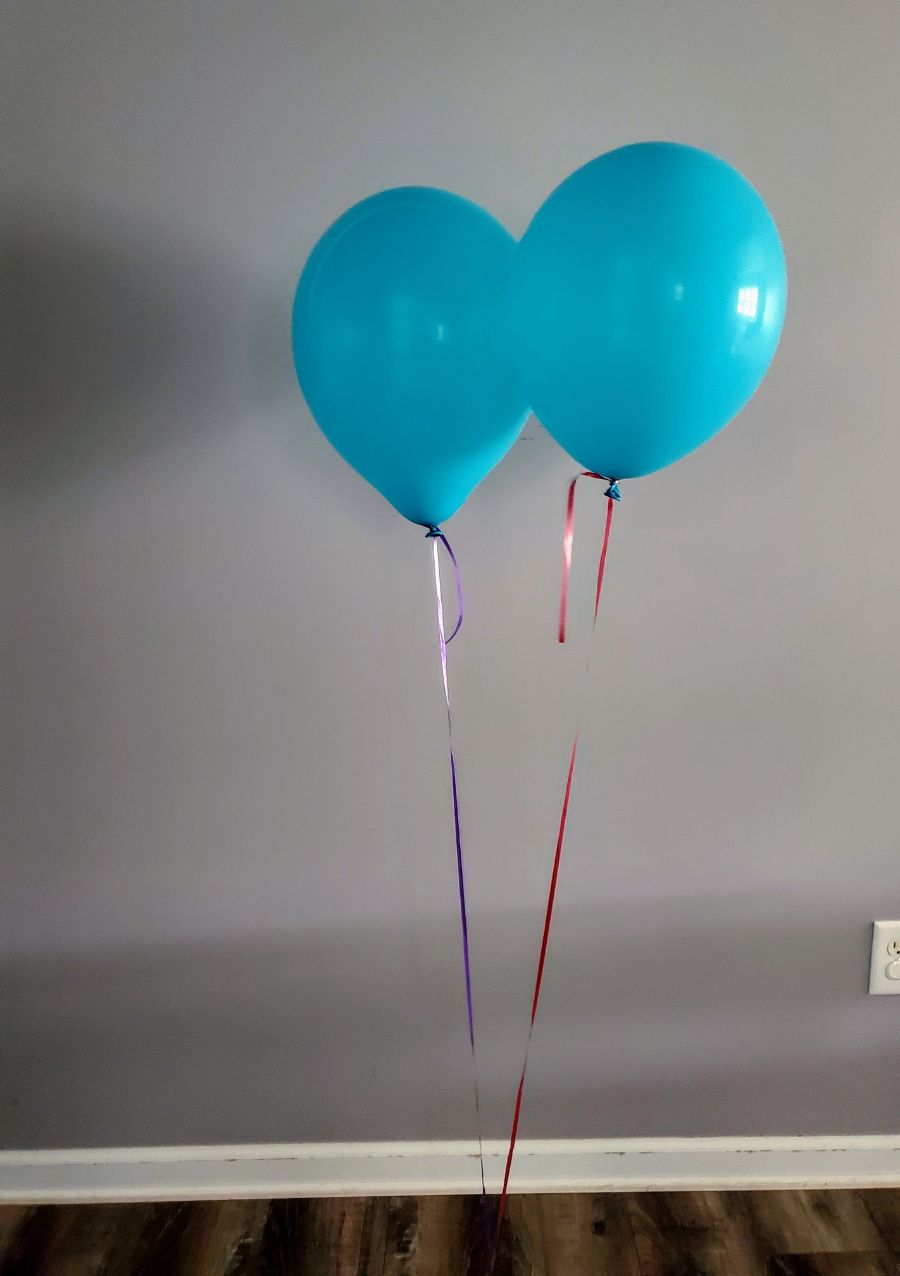

Problems You Might Encounter with Hi Float
While using Hi Float, the biggest problem I encountered was leaning.
Even using the recommended amount of Hi Float, when I blew up the balloon to its intended size – it did float, but it leaned and drooped.

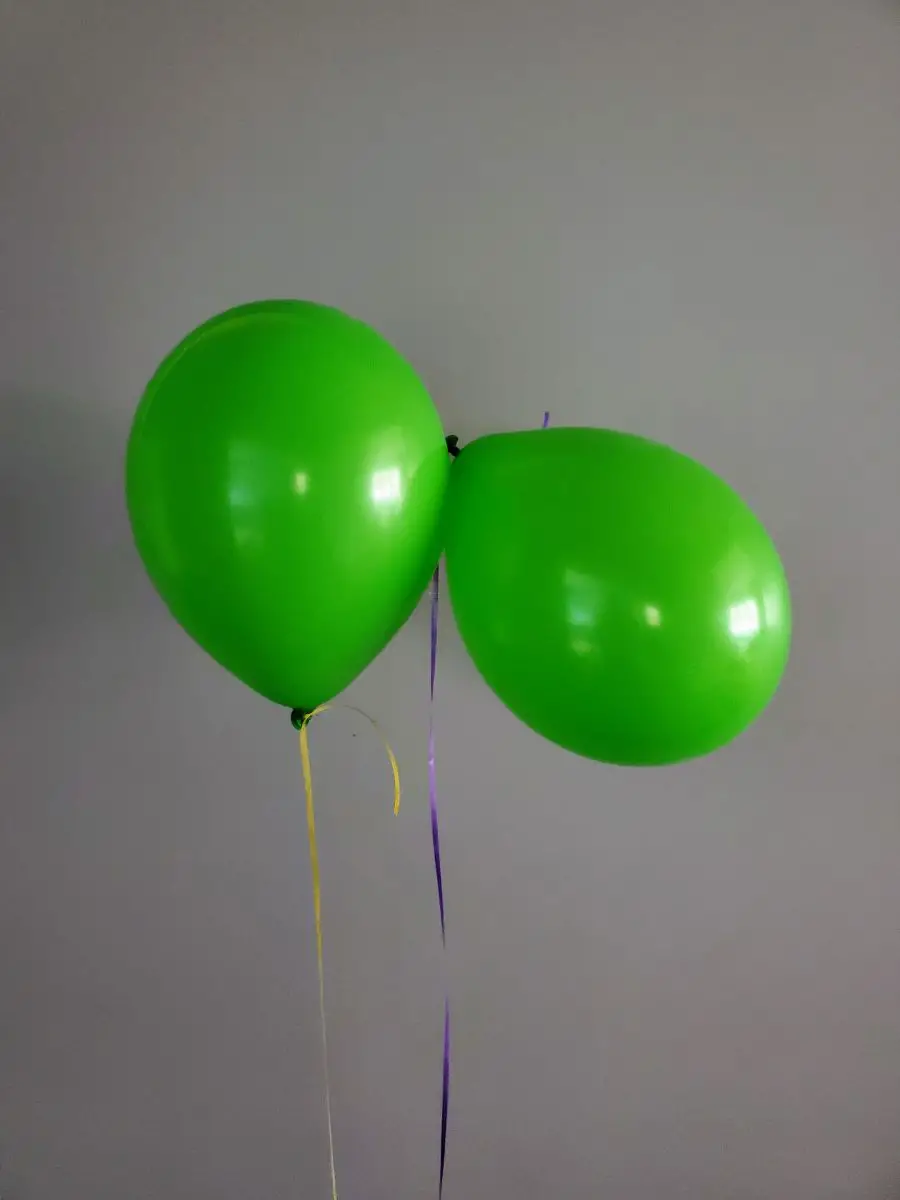
The directions do say that if there is leaning, you either used too much Hi Float or need to add more helium.
Use More Helium
I don’t really see how you could easily add more helium to a tied latex balloon, since you don’t know if it leans until after it’s tied and allowed to float.
Hi Float takes a few hours to dry, so I was hoping once it dried that it would correct itself. And, it did!
But, it took a full 24 hours to do so, and even then it didn’t float the same as the other balloons. It only lasted for 48 hours, while a balloon with more helium lasted much longer.
So, to err on the side of caution – consider using a little more helium than you might think to use before tying!
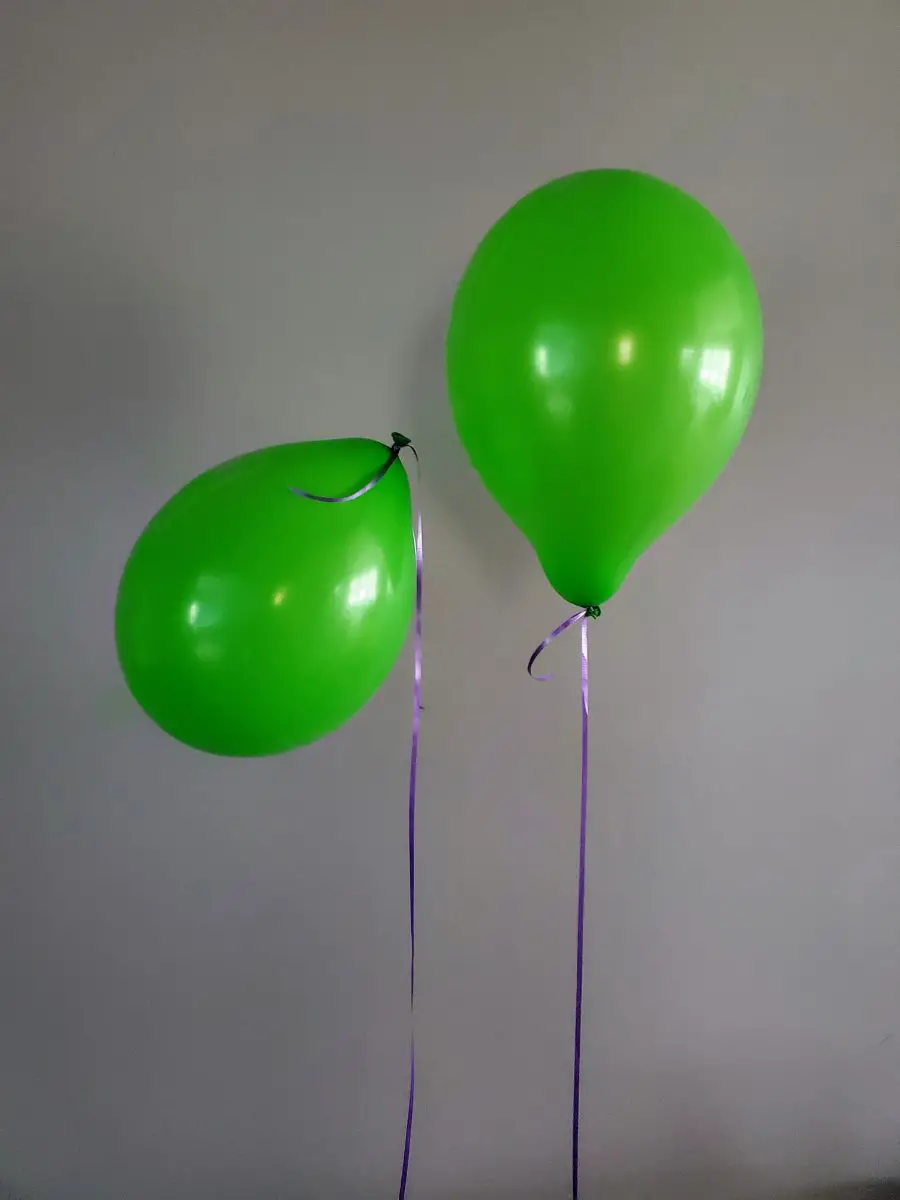
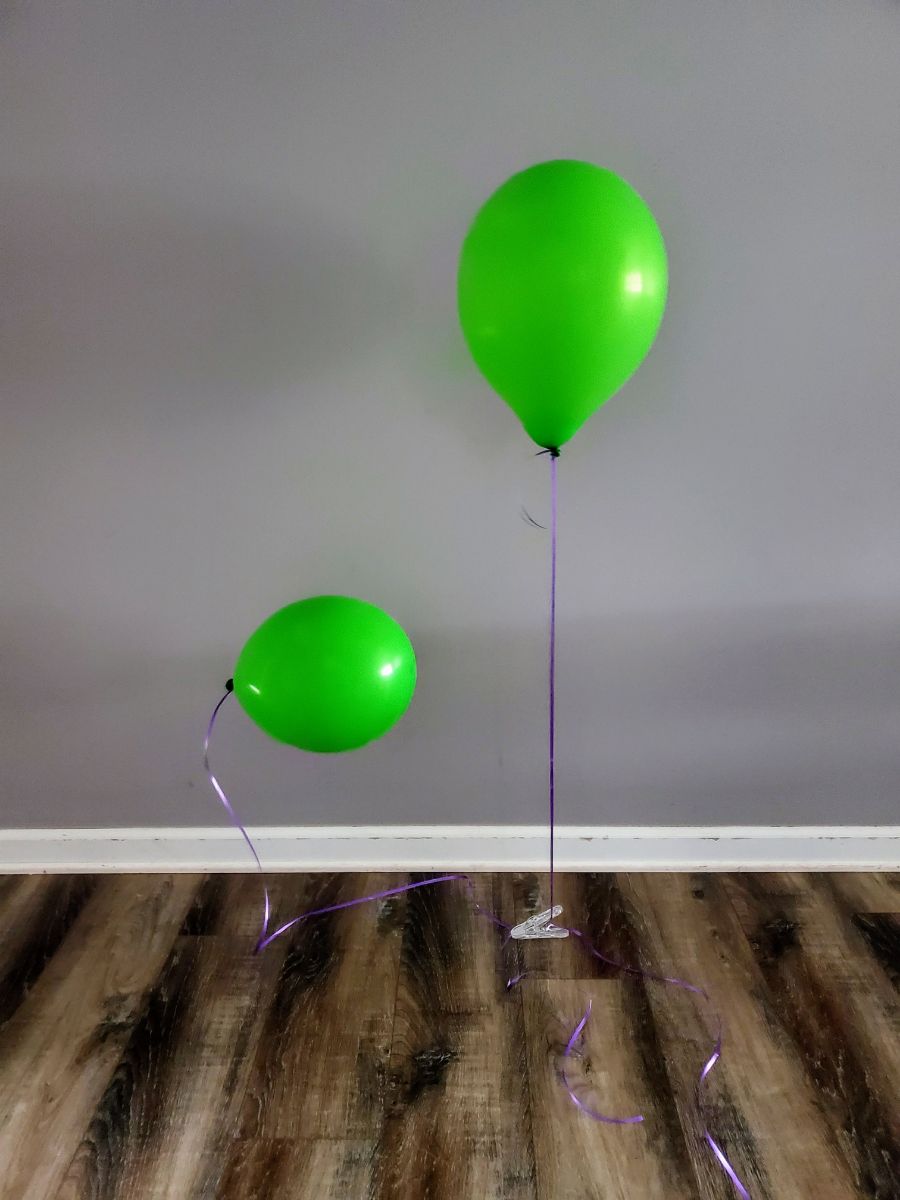
Use Less Hi Float
If you don’t want to use more helium, as helium is a valuable resource, then to err on the side of caution in a different way – use less Hi Float!
Using less Hi Float is still very effective. Even if it is less than what the directions “recommend.”
Pictured below are two helium-filled balloons.
The balloon with the purple string has one pump of Hi Float and more helium. The balloon with the red string has a half pump and a normal amount of helium.
Both balloons equally lasted for a week or more, proving that even with less Hi Float the balloon will still last much, much longer than balloons without any Hi Float.

Why Use Hi Float?
We know that the purpose of using Hi Float is to extend the float time – but, why would you want to do this?
Well, if you have ever had an event or a party, then you know how stressful it can be to plan and execute it. Chances are, on the day of, you are going to have a thousand different things to do.
If you do not want to have to rush to blow up your balloons at the last minute, then treating your balloons with Hi Float is the perfect solution. It will allow you to blow them up much sooner than you could without it.
OR, maybe the answer is simply – you paid for the balloons, and you want them to last longer than a few hours!
No matter what, Hi Float is inexpensive and works!
If you choose to inflate your balloons ahead of time and need to transport them to a venue, check out How Many Balloons Can Fit in a Car for some helpful information.
Final Thoughts
I have been aware of the Hi Float product for years. Admittedly, I never bothered to try it until recently.
While balloons may be inexpensive, helium certainly isn’t. So, it was always such a disappointment to watch the balloons droop after mere hours.
But, I am happy to report that Hi Float does work! And, I will be using it for my latex balloons from now on!
If you have been thinking about using it, I encourage you to give it a try! You can find Hi Float at places like Hobby Lobby, Party City, and Walmart.


